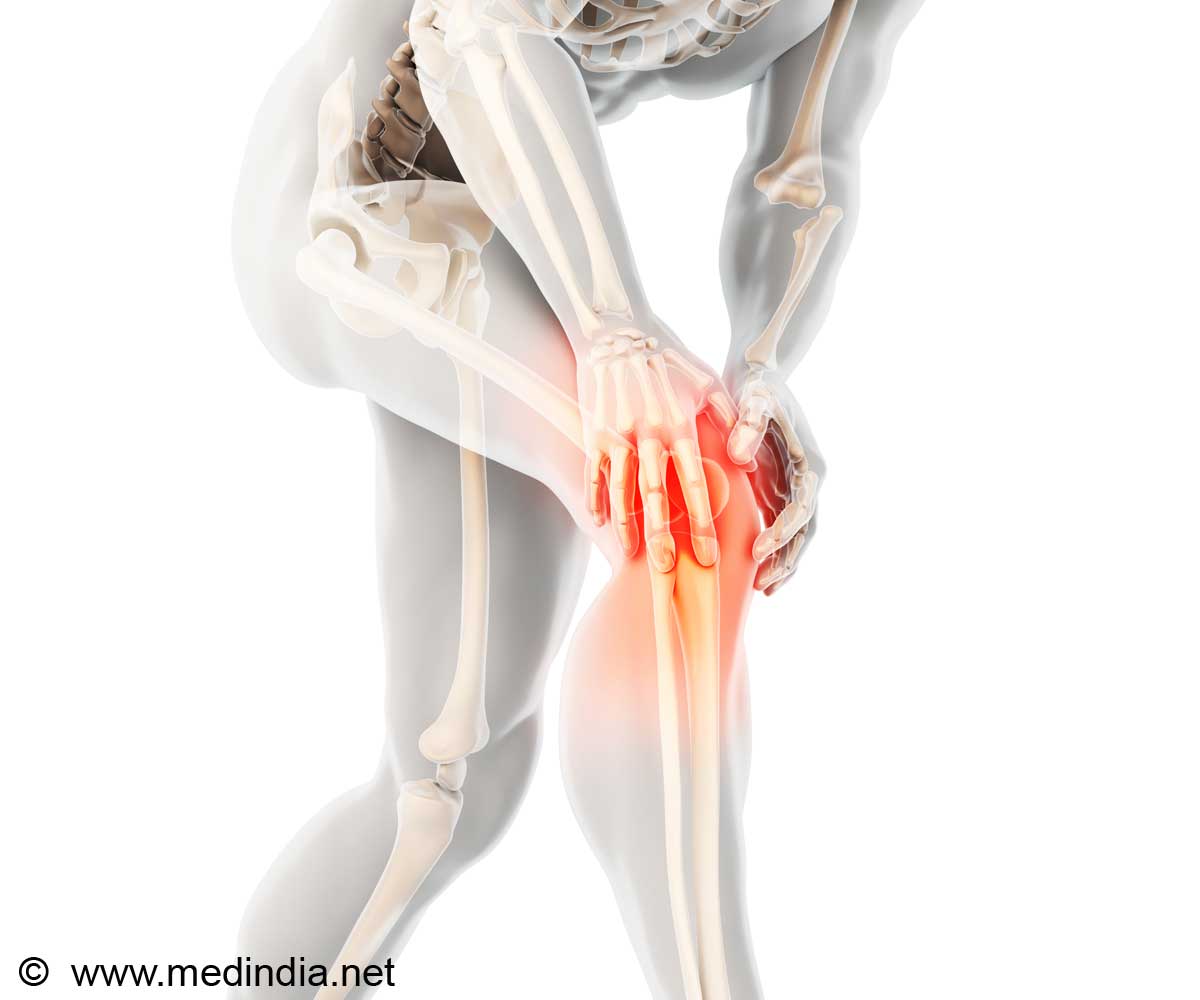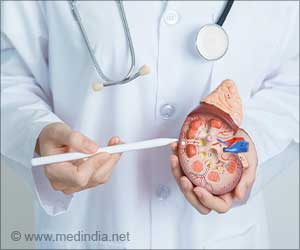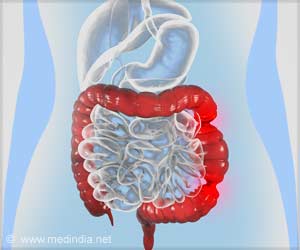Mast cell levels may help explain sex differences in osteoarthritis pain, revealed a new study.

Researchers at HSS and other institutions have noted that women with knee osteoarthritis report more pain than men, but the reason for this difference has been unclear. “Others have speculated that women tend to delay surgery more than men, but when we looked in our database, that wasn’t true,” said HSS rheumatologist Dana Orange, MD, MS, assistant professor at The Rockefeller University and senior author of the study. “We studied synovial tissue removed at the time of total knee arthroplasty to look for a biological reason that may explain the difference in reported pain between sexes.”
Mast Cells in Osteoarthritis
Synovial tissue lines the knee joint and produces fluid that helps the joint move. It can become inflamed as osteoarthritis progresses. Pathologists at HSS have been generating data on different types of cells found in synovial tissue, including mast cells, which are also found in many other tissues throughout the body and are commonly known for producing inflammatory chemicals called histamines during allergic reactions and asthma. Basic research by other scientists has suggested a link between mast cells and osteoarthritis progression and pain.Dr. Orange and colleagues, including HSS rheumatologist Bella Mehta, MBBS, MS, lead author of the study, studied joint tissue obtained from 96 women and 61 men who underwent total knee replacement at HSS. They counted the number of cells for more than a dozen cell types typically found in synovial tissue and examined synovial fluid and blood using a high-powered microscope. They also evaluated patient-reported pain outcomes collected with two validated surveys.
“At HSS, we were in a unique position to conduct this research because we have synovial tissues collected from patients with end-stage osteoarthritis undergoing arthroplasty and expert musculoskeletal pathologists who systematically grade tissue samples for 13 characteristics,” Dr. Mehta said.
They also found higher levels of a byproduct of mast cells called tryptase in synovial tissue from women than men, providing further evidence of increased mast cell activity. No other differences in synovial tissue between sexes were observed. Finally, as expected, women reported worse pain than men on both surveys.
Source-Eurekalert















